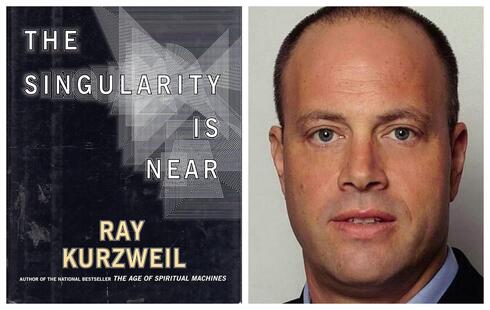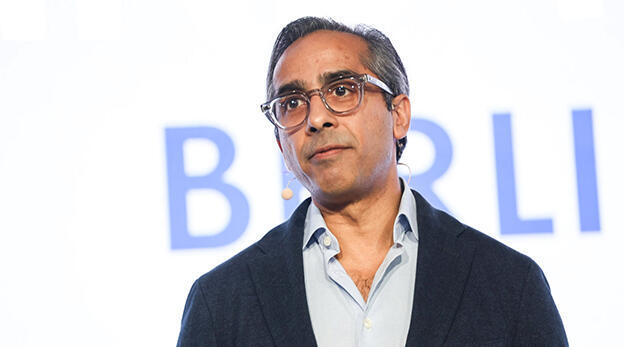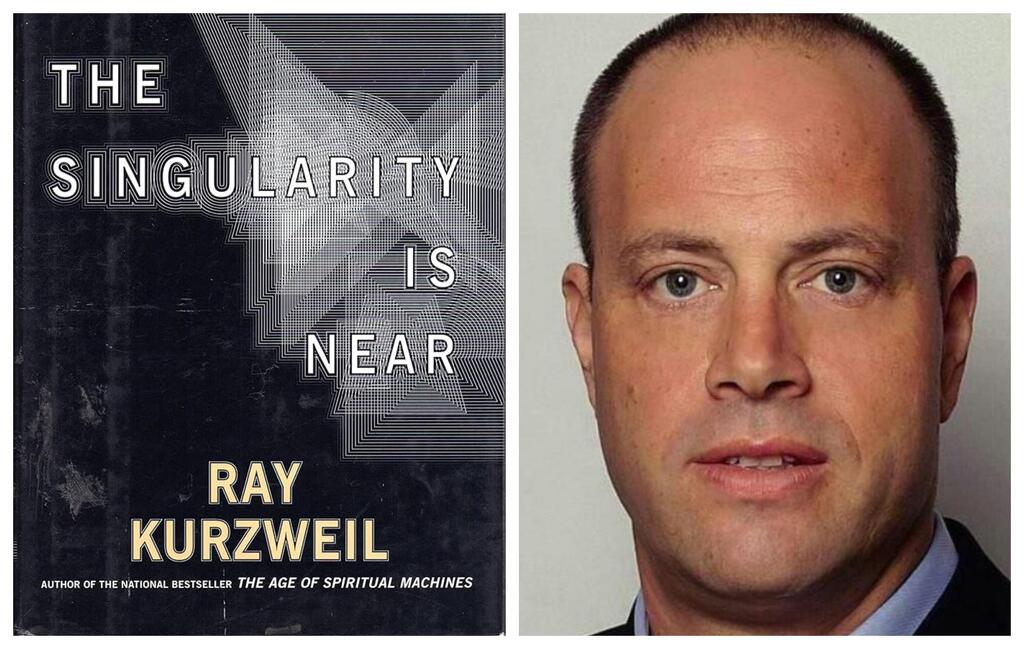
BiblioTech
CTech's Book Review: Preparing for the Singularity
Benny Katz, CEO and Founder of COMPLEYES, shares insights after reading "The Singularity Is Near" by Ray Kurzweil.
Benny Katz is the CEO and Founder of COMPLEYES, a software development company providing AI-powered compliance. He has joined CTech to share a review of "The Singularity Is Near" by Ray Kurzweil.
Title: "The Singularity Is Near"
Author: Ray Kurzweil
Format: Book
Where: Home
Summary:
Ray Kurzweil’s "The Singularity Is Near" explores how rapidly advancing technology will lead to a future where humans and machines merge. He predicts that breakthroughs in AI, biotechnology, and nanotechnology will reshape humanity, offering incredible opportunities while posing significant challenges. What’s truly amazing is how this book, written nearly 20 years ago, feels as relevant and visionary as if it were written today. It’s a compelling read for anyone interested in the future of technology and its impact on society and the economy.
Important Themes:
Kurzweil’s central theme is the exponential growth of technology, a concept crucial for investors to grasp. He outlines how computational power, governed by Moore’s Law and similar principles, doubles at an accelerating pace. This underpins revolutionary advancements in artificial intelligence, robotics, and nanotechnology.
Another key theme is the convergence of these technologies. Kurzweil illustrates how innovations in separate fields, like AI and biotech, will combine to solve humanity's biggest challenges—from curing diseases to extending the human lifespan. For investors, this convergence signals where significant opportunities will emerge.
Kurzweil also emphasizes the ethical and societal implications of rapid technological progress. With transformative opportunities come profound risks, like AI governance and inequality. Investors must not only recognize potential financial gains but also consider the broader impact of their investments.
Lastly, the book advocates for proactive engagement. Kurzweil suggests that those who adapt to and harness these changes will thrive, making this a compelling read for forward-thinking investors who want to align with the future.
What I’ve Learned:
Reading this book gave me a deeper understanding of the visionary minds of unique people like Ray Kurzweil and the importance of staying open to new ideas—even those that might initially seem hypothetical. It emphasized how learning from others and adapting to new perspectives can empower us in ways we may not expect.
Kurzweil’s insights reshaped my understanding of how rapidly technology evolves and why exponential growth is a game-changer. Timing and positioning are critical for investments; waiting for certainty often means missing the exponential curve entirely. For instance, his prediction that AI would surpass human intelligence by mid-century seemed audacious when written, but it’s now a serious consideration for tech leaders.
Another key takeaway was the importance of convergence. Industries once seen as separate are now deeply interconnected—AI drives breakthroughs in healthcare, and nanotechnology revolutionizes energy storage. This interdependence shows that future innovation will likely come from interdisciplinary efforts.
The book also underscored the risks of technological inequality. While investors stand to benefit, ignoring societal concerns could lead to backlash and regulatory challenges, making ethical investment strategies essential.
Finally, Kurzweil’s optimism inspired me to adopt a forward-thinking mindset. The singularity isn’t just a theoretical milestone—it’s a call to action for those who want to shape the future and not merely observe it.
Critiques:
While Kurzweil’s vision is compelling, some of his timelines and predictions feel overly optimistic. Although he touches on ethical implications, these could have been explored in greater depth, given their critical importance. Additionally, he tends to undervalue the potential negative effects of his theories coming true, not dedicating enough attention to the possible downsides and societal risks associated with the rapid technological advancements he predicts.
Who Should Read This Book:
This book is essential for investors, entrepreneurs, and policymakers seeking to understand the future of technology and its potential impact on industries and society. It equips readers with the foresight to identify opportunities and the tools to think strategically about the risks and rewards of the coming singularity. It has been particularly insightful for the team at COMPLEYES as we develop our advanced, AI-based system with a forward-thinking approach to address tomorrow’s challenges.














